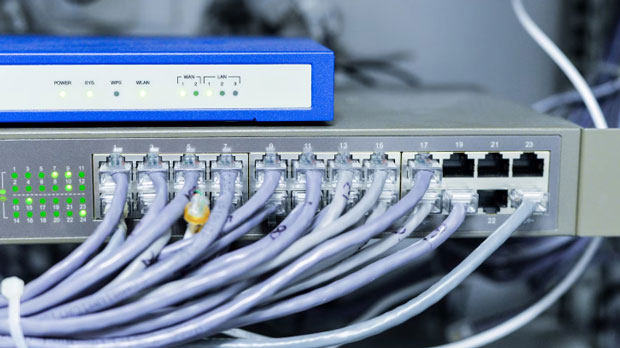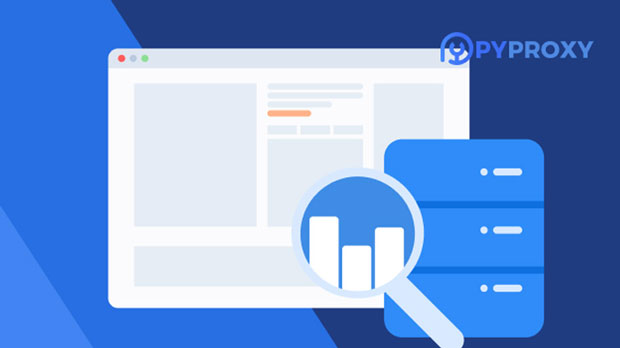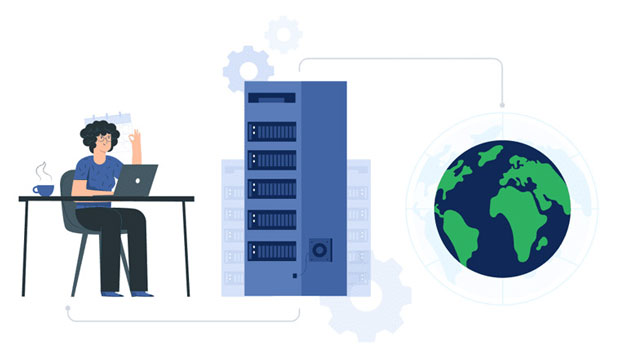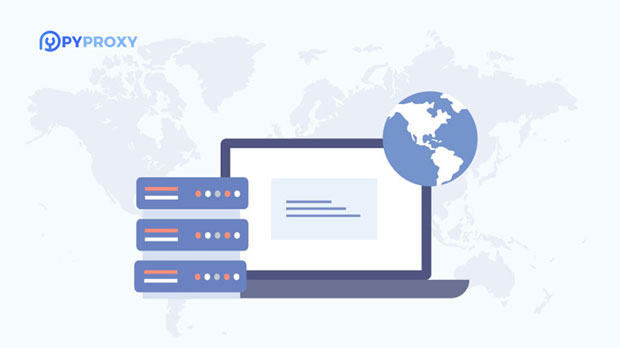When discussing online privacy and security tools, two terms that often arise are Proxy Browser and traditional proxies. Although both serve the purpose of masking a user's IP address and routing their internet traffic through an intermediary server, the mechanisms and functionalities of these tools differ significantly. A Proxy Browser is a browser-based tool that acts as an intermediary, routing traffic through secure, encrypted tunnels, whereas traditional proxies typically involve configuring external devices or software to handle traffic redirection. This article aims to provide a detailed comparison, highlighting the strengths, weaknesses, and ideal use cases for each, allowing users to make an informed choice based on their unique needs. Understanding Proxy Browsers and Traditional ProxiesBefore diving into the differences, it’s important to understand what each tool is and how it works. Both proxy browsers and traditional proxies aim to offer users an added layer of privacy by hiding their IP addresses. However, the technologies, configurations, and the level of control they offer vary considerably.Proxy Browser A Proxy Browser is a web browser designed to route internet traffic through a secure proxy server. It works by having the user access websites through the proxy browser, which then handles the traffic routing on behalf of the user. This means that all browsing activities within the browser are masked, making it an effective tool for protecting users’ online privacy. These browsers often come with integrated VPNs, encrypting traffic and ensuring anonymity, and they can be used on any device with browser support.Traditional Proxy A traditional proxy, on the other hand, is a server that functions as an intermediary between the user and the internet. This tool is typically set up either through a local application or network configuration, meaning users can access the internet with their traffic being rerouted via the proxy server. Traditional proxies are often used in larger network setups, allowing businesses or individuals to control and monitor internet access. They come in different types, such as HTTP proxies, SOCKS proxies, and transparent proxies, each offering varying degrees of functionality and security.Key Differences Between Proxy Browser and Traditional Proxy1. User Interface and Configuration A major difference between Proxy Browsers and traditional proxies lies in their user interface and the complexity of configuration. Proxy Browsers are typically designed with simplicity in mind. Users can download the browser and immediately start browsing securely, without having to configure external settings or install additional software. This ease of use makes Proxy Browsers ideal for individuals who want a hassle-free experience with maximum privacy protection.In contrast, traditional proxies require more technical knowledge. Users need to configure proxy settings either on their computer or within an application. This configuration process can be complex, especially for those who lack technical expertise. Traditional proxies may require users to enter IP addresses and port numbers manually, a step that can be confusing for beginners.2. Scope of Protection Another significant difference is the scope of protection each tool provides. Proxy Browsers offer protection specifically for web traffic that occurs within the browser. This means they are highly effective for individuals who primarily use browsers for their online activities. Any activity that happens outside the browser (such as in apps or on other devices) is not protected by the Proxy Browser.Traditional proxies, on the other hand, offer broader protection. They can be set up to route all internet traffic, including traffic from browsers, apps, and even network devices, through a proxy server. This makes traditional proxies more versatile for users who want to ensure their entire online presence is anonymized, not just web browsing activities.3. Speed and Performance Proxy Browsers tend to offer better speed and performance for individual browsing sessions. Since they are tailored to provide proxy services only within the browser, they can optimize traffic more efficiently, making the browsing experience smoother. Additionally, Proxy Browsers often have built-in features like ad-blockers and optimized data usage, which can contribute to faster page loading times.Traditional proxies, however, can sometimes result in slower internet speeds, especially if the proxy server is located far from the user’s geographic location. Since these proxies route all traffic, including non-browser traffic, they can also become a bottleneck, especially on networks with heavy usage. The performance impact of traditional proxies depends largely on the quality of the server and the type of proxy being used.4. Security and Encryption Security is a key consideration when comparing Proxy Browsers and traditional proxies. Proxy Browsers often integrate built-in security features like VPNs and encryption protocols. This ensures that all traffic routed through the browser is encrypted, offering a high level of anonymity and protection against hackers, trackers, and other malicious entities. This is especially important for individuals who use public Wi-Fi networks and want to protect their data from potential breaches.Traditional proxies, while offering some degree of security, do not always provide encryption. For instance, HTTP proxies do not encrypt traffic, meaning data transmitted through them could be vulnerable to interception. SOCKS proxies, on the other hand, offer better security but may still lack the encryption features of Proxy Browsers. To fully secure a traditional proxy setup, users might need to add additional layers of security, such as using them in conjunction with a VPN service.5. Use Cases and Applications Proxy Browsers are ideal for casual users who want a straightforward and secure way to browse the internet. They are particularly useful for those who prioritize privacy while browsing social media, shopping, or accessing restricted websites. They are also great for individuals who need an easy way to bypass geographical restrictions on content without going through complicated configurations.Traditional proxies, in contrast, are more suited for businesses or advanced users who require more control over their internet traffic. Companies often use traditional proxies to manage employee access to the internet, enforce content filters, and monitor browsing habits. For tech-savvy individuals, traditional proxies offer a more customizable solution, enabling them to choose specific types of proxies based on their needs.Choosing Between a Proxy Browser and Traditional ProxyWhen deciding whether to use a Proxy Browser or a traditional proxy, it’s essential to consider your specific needs and technical expertise. If you are an individual looking for a simple, effective way to protect your privacy while browsing the web, a Proxy Browser may be the best option. Its ease of use, fast setup, and built-in encryption features make it a solid choice for casual users.For businesses or users who need broader control over all internet traffic, or for those who prefer to configure their own systems, traditional proxies may be more appropriate. They offer more flexibility and can be customized to meet specific requirements, such as controlling network traffic or providing a high level of anonymity across all devices.In conclusion, both Proxy Browsers and traditional proxies offer valuable tools for online privacy and security, but they are designed for different use cases. Proxy Browsers excel at simplicity and are ideal for personal use, while traditional proxies offer more control and customization, making them better suited for businesses and advanced users. By understanding the unique features of each, users can make an informed decision on which tool best meets their needs.
Mar 26, 2025
![arrow]()




























































